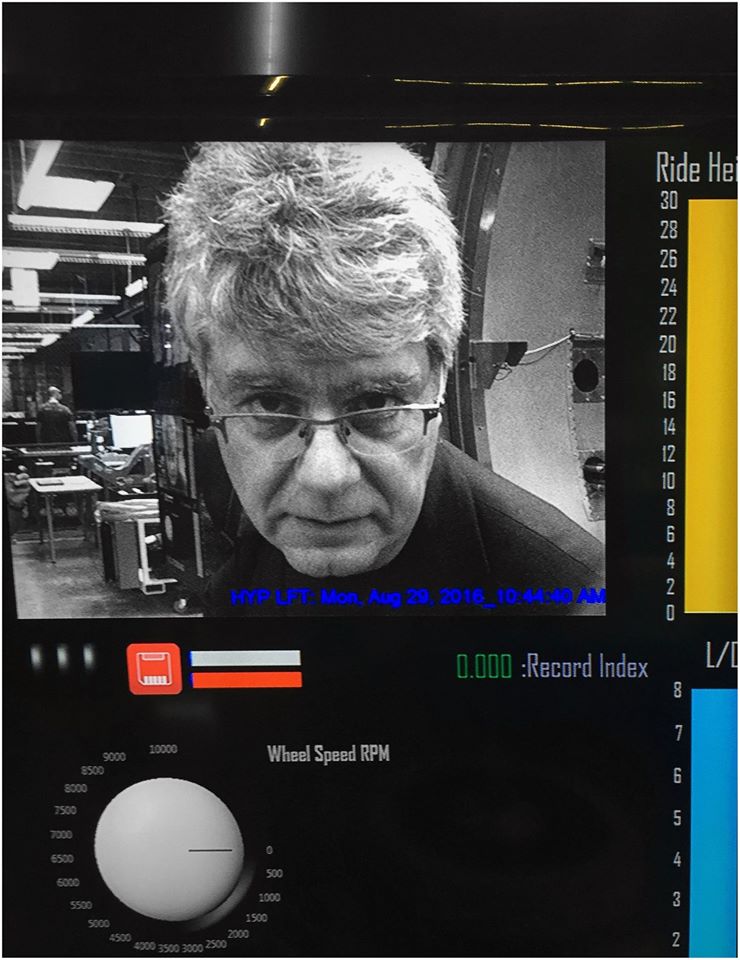Warum würde man sich ausgerechnet an einem – zumindest hier in New York – verregneten Januartag Gedanken darüber machen wollen, dass Wasser, speziell in seiner konsumierbaren Form, weltweit weitaus rarer ist als der Guss, der mir gerade eben erst in die Schuhe geschwappt ist, vermuten ließe?
Zum Einen, weil ich wieder mal die aktuelle Ausstellung zum Thema “H2O = Life” im American Museum of Natural History besucht habe (immer ein lohnenswertes Ausflugsziel). Zum Zweiten, weil das “Wall Street Journal” in seiner Freitagausgabe sich darüber auslässt, wie falsch doch die Zahlen seien, die zum Thema Wasserverbrauch zirkulieren: Die Produktion eines einzigen McDonald’s-Viertelpfünders brauche eben nicht, wie die International Bottled Water Association (und in ähnlicher Form auch der staatliche US Geological Survey auf einer Schüler-Infoseite ) verbreiten, runde 1300 Gallonen, oder umgerechnet mehr als 4900 Liter Frischwasser, sondern eben “nur” knapp die Hälfte, nämlich 616 Gallonen (metrisch sind das 2330 Liter). Anstatt zweier Hamburger muss man also vier essen, um das Äquivalent eines kleinen Swimmingpools zu verschlucken.
Und zum Dritten, weil Wasser Sparen zumeist auch Energie sparen bedeutet. Darum sind nachstehende Infos, die das Museum für seine Ausstellung verarbeitet hat, vielleicht immer wieder mal lesenswert:
WATER FACTS ON TAP FROM THE AMERICAN MUSEUM OF NATURAL HISTORY
Bottled Water Everywhere, but Is It Good to Drink?
Bottled water may be a healthy and increasingly common alternative to soft drinks, but the plastic bottle turns out to have a hidden dark side: energy consumption, waste disposal, and other environmental concerns. As bottled water grows in popularity, these problems also proliferate.
* Worldwide, bottled water consumption nearly doubled between 1997 and 2005, with U.S. residents tipping back the largest share—nearly 26 gallons per person in 2005.
* Bottled water costs as much as $10 per gallon for bottled water compared to less than a penny per gallon for tap water.
* It takes three liters of water to produce a one-liter bottle of water.
* Worldwide, 2.7 million tons of plastic are used each year to make water bottles, but in the U.S., less than 20 percent of these bottles are recycled.
* The total estimated energy needed to make, transport, and dispose of one bottle of water is equivalent to filling the same bottle one-quarter full of oil.
* An estimated 40 percent of bottled water sold in the U.S. is just filtered tap water.
Water Works
Around the world, humans put water to work in an endless number of ways. We use it to raise animals and crops, to generate power, to make and move goods, even wash our hands. Not surprisingly, our reliance on Earth’s limited water resources can have some far-reaching impacts.
* About 8 percent of water used worldwide on average goes to domestic and municipal uses. Another 22 percent is used by industry. Agriculture—the thirstiest human activity on the planet—accounts for about 70 percent of global water use. In wealthier countries, however, the balance shifts to industry—46 percent of U.S. water use is for industrial purposes.
* More than 60 percent of the world’s largest rivers have been dammed or diverted, and more than 47,000 “large” dams (greater than 49 feet tall) have been constructed around the world over the past 50 years—a rate of roughly 2 dams per day.
* Construction of the world’s largest dam—China’s Three Gorges Dam—has already required the relocation of more than 1.2 million people and submerged more than 1,000 villages and 74,000 acres of farmland.
* U.S. residents use more water than people in other countries do—about 151 gallons per day on average for domestic and municipal purposes. In the U.K., people live a more water-efficient lifestyle, consuming just 31 gallons per day. In Ethiopia, people have to make do with just 3 gallons per person per day
* Today, an estimated 40 percent of the world’s food supply is grown in places where crops cannot survive solely on rainfall, requiring irrigation. Water draining from farmland carries fertilizers into nearby rivers and eventually to the oceans, which feeds algae and robs the water of oxygen. In the Gulf of Mexico, one such “dead zone” is the size of New Jersey.
Our Blue Planet
We all know what water is—a clear, odorless, tasteless liquid that we cannot live without. It is so plentiful that Earth is sometimes called the blue planet—but freshwater is a remarkably finite resource that is not evenly distributed everywhere or to everyone. Whether by its abundance or its absence, we see the effects of this singular substance in every corner of the globe and in every aspect of our daily lives.
* Nearly three-quarters of Earth’s surface may be covered with water, but only 3 percent of the Earth’s water is fresh—and less than one-third of that is in a form or a place that makes it readily available for human consumption. More than two-thirds of Earth’s freshwater supply (and 2 percent of total water) exists as ice and is stored in the polar regions and in glaciers.
* Erosion by rushing surface water can change the face of Earth, but water locked in rocks as far as 125 miles beneath the surface can also play a role by enabling the slow movement of continents.
* Water is remarkable for the fact that it exists in all three physical states—liquid, solid, and gas—under conditions normally found on Earth. It is also one of the few substances that is less dense as a solid than it is as a liquid, which is why ice floats. If that were not true, Earth’s oceans, rivers and lakes would have long ago filled with ice.
* Water is constantly in motion all around us, rising up into the sky through evaporation from rivers and oceans, and then falling back to Earth as rain or snow. Plants play a major role in the water cycle, drawing water from the soil and releasing it into the air through their leaves. One acre of broad-leafed forest may release as much as 8,000 gallons of water into the atmosphere every day.
* Water has a remarkable ability to absorb and hold heat. As a result, ocean currents play a large role in Earth’s climate. In one day, the Gulf Stream carries twice the heat that all the coal mined on Earth in a single year could generate.





Kommentare (2)